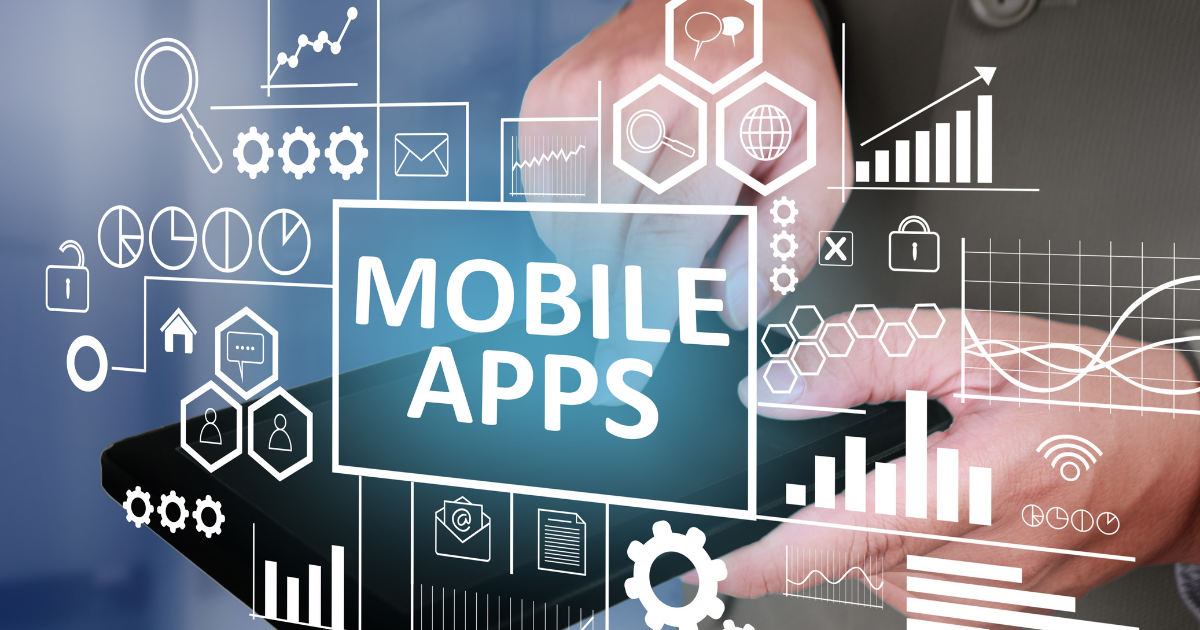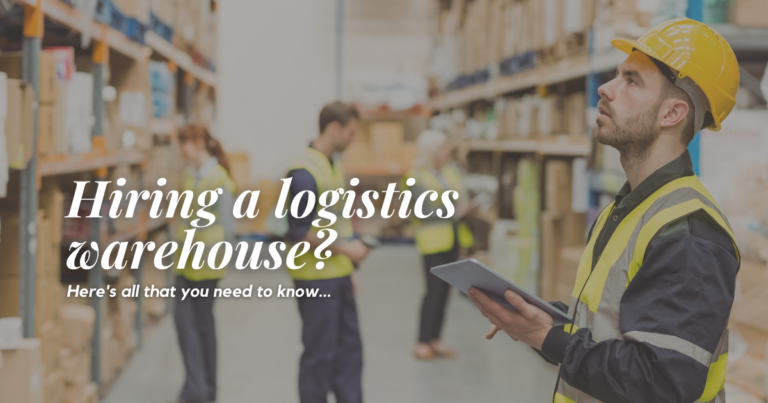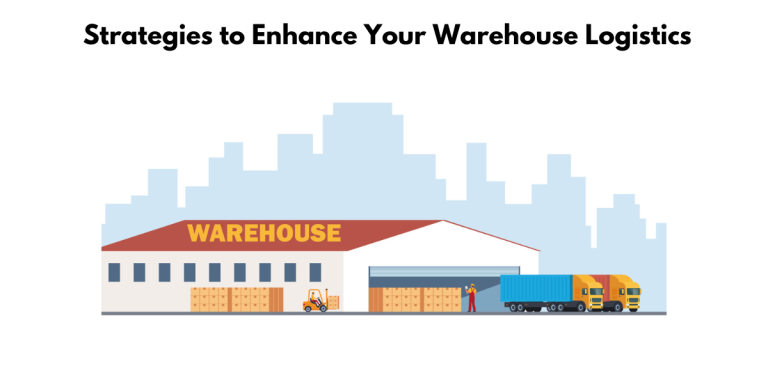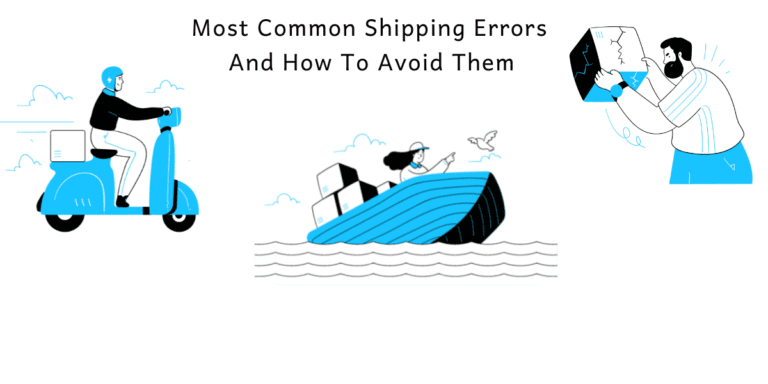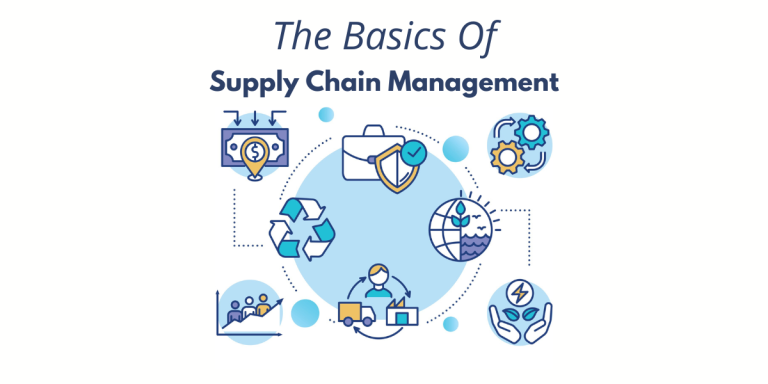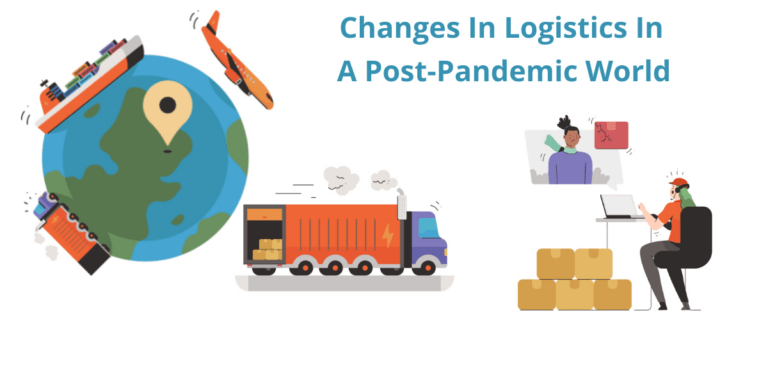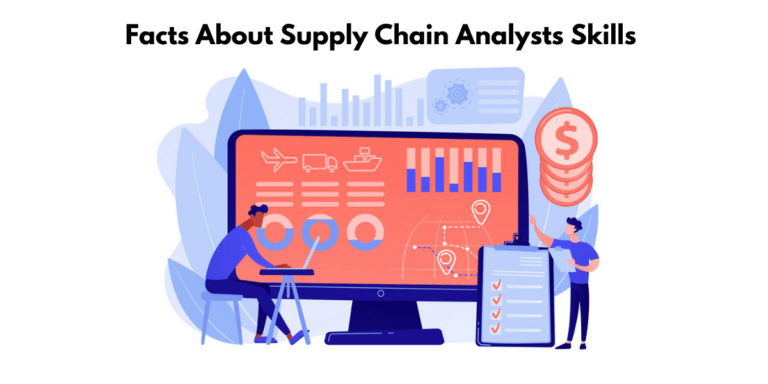The Lifecycle of Trade: How Mobile Apps Could Help Your Logistics Business
Mobile Apps Could Help Boost The Logistics of Your Busines
Logistics are the activities involved in planning, directing, or controlling the movement of people or goods from one location to another. For years, logistics has been a hot topic as an essential process in modern business.
In today’s competitive market, logistics is one of the most influential factors to consider in development and sourcing. Logistics is the most important part of any business because it involves all aspects, including production, delivery, customer service, and packaging.
Global trade has grown exponentially in recent years, transporting goods and services across borders. To increase their exports, many countries have been lowering tariffs on imports from other states while also reducing import taxes at home, promoting competition. Read below how developing an app will help advance the logistics part of your business.
How does a mobile app help in advancing logistics?
A mobile app helps advance logistics by connecting warehouses, employees, and customers to the global supply chain. It can access inventory levels, shipping status, and shipment tracking information. It also provides the ability for remote workers to access their work from any location they choose.
Longform content can be defined as a piece of content with a lot of depth and information. The minimum length of long-form content is between 700 and 2,000 words but can exceed 10,000 or more. It often includes a lot of information on one topic and may go into depth. Mobile applications are the backbone of many businesses, especially those in logistics. As a result, there is an increasing need for mobile app development in the logistics field with advancing mobile technologies.
Mobile applications provide a way to access company inventory and shipping status remotely and can also be used by remote workers to work from home. As a company, you’ll want to focus on the following points if you’re looking into developing an app for your logistics business.
Communication
The mobile app lifecycle is how a mobile application is developed, marketed, and distributed over time. Mobile applications can help advance logistics through their ability to optimize communication with each other without red tape or unnecessary explanations.
Mobile apps, text, or voice chat are the most popular ways to communicate. In addition, 47% of companies have improved internal communications with custom mobile apps.M2M communication is considered to be machine-to-machine communication. Multilanguage support, analytics features, and ease of use are why M2M has become more popular in recent years.
Efficiency
Mobile applications can help employees become more productive. Efficiency is the most important factor for any enterprise, and mobile apps are an easy way to increase efficiency.
Although mobile apps can free up 240 hours per year, there is some disagreement regarding productivity. However, Arctouch found out that 83% of people who use their mobile app for work agree they’ve helped them become more productive. Corporate Technology Group says to make sure the investment made in a company’s business is worth it, and businesses should invest in technology like smartphones and tablets.
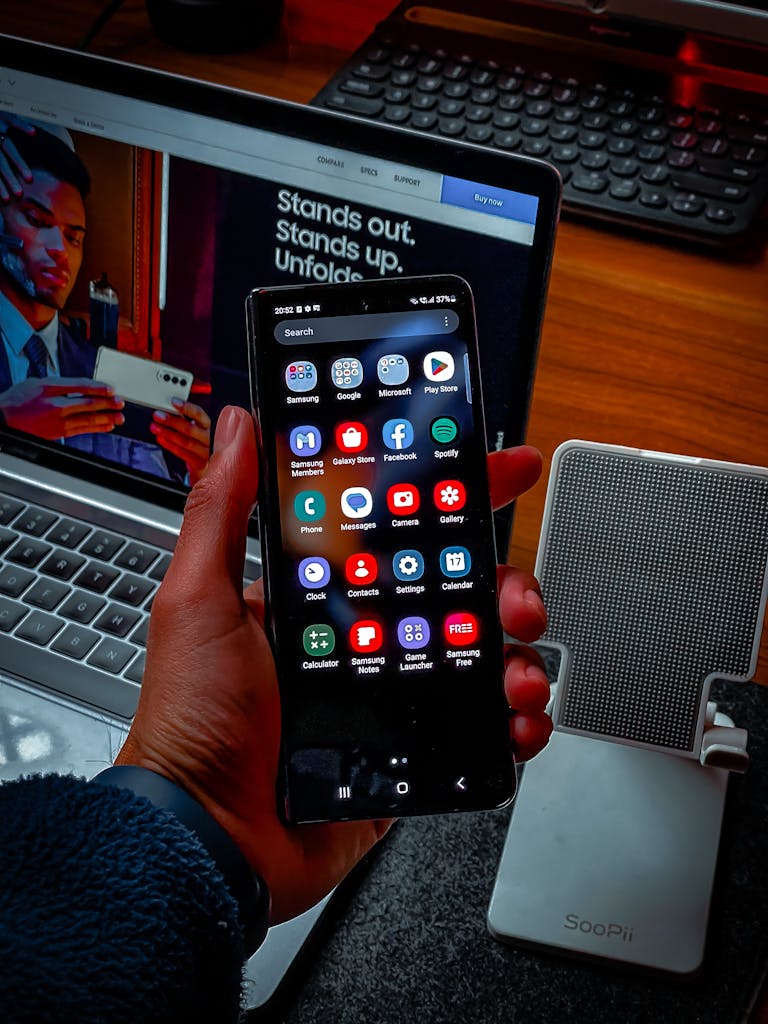
Benefits of having a mobile app
Mobile apps are a great way to make your business more accessible. They can help you reach customers on the go and increase the number of people who visit your website each month. As a result, many business owners and entrepreneurs believe that mobile apps are the future.
Long-form content is content that provides a lot of information and great depth on a given topic. The minimum length should range anywhere between 700 and 2,000 words. In addition, long-form content can be gated, meaning that the audience must submit personal information before accessing it.
Real-time inventory status
Companies can easily track their fleets with mobile apps to avoid any delays. This would benefit the company and client and save time by using mobile apps for electronic data interchange instead of notebooks or Excel sheets.
Mobile apps are an effective tool for logistics industries to track people’s movement. Companies can use the information to increase customer service, streamline operations, and reduce costs.
Real-time inventory status is a new feature that allows customers to get notifications about the status of their shipment. With this, customer confidence and loyalty are boosted, leading to higher sales for companies.
Paper-based automation
Every organization is using apps to collect data and automate paper-based processes. It helps boost workflow, saves time and energy by eliminating the need for paper-based workflows, and has various benefits.
Paper-based automation is an outdated concept, where orders are assigned and shipped by hand. Instead, truck drivers must perform multiple tasks such as reviewing the orders and tracking each event process like arrival, pick up, damage report, proof of delivery, and digital customer signature.
An example of paper-based automation is when you have to fill out a form online and then print it before going to the field. This process saves time and increases productivity because fewer documents need to be processed and fewer steps are needed to complete the task.
Warehouse management made it easy
Mobile apps in logistics are expected to double by 2020, with a large percentage being warehouse management. These apps can help companies avoid costly mistakes and maintain flawless handling of goods through accurate inventory tracking, real-time data analytics, and seamless customer experiences.
Mobile apps powered with industry-related features should be implemented to decrease the number of errors and inaccuracies that may occur due to manual efforts. In addition, automated process logs equipment details by using a mobile app.
With the help of a mobile app, warehouse managers can easily find information about transactions and inventory details. As a result, warehouse management is more efficient with data collected on the go.
Reduces costs and saves energy
Mobile apps reduce costs and save energy by reducing the time it takes to do your job and optimizing routes and dispatches. As a result, the business of logistics is expected to increase by around $1.6 trillion in the next ten years, according to Vision Critical. This would be partly because companies are shifting their businesses online, and it’s becoming easier than ever for them to use different techniques like digital platforms and mobile apps.
The oil-less water heater is a primary operation that can help save energy for the home. In addition, the use of this device will reduce fuel expenses and simplify operations in the main heating system, which helps increase efficiency.
The Logistic app is a solution for businesses that has the potential to increase ROI and save energy. The business analyst estimates 4% cost savings with this implementation, which would be $200 per year on average.
Customer service solutions
Mobile apps can help logistics and supply chain companies with customer service. This is especially true when they are customized for your company’s specific needs, including tasks such as inventory management, delivery tracking, and order processing.
There are various ways to address customer issues, but mobile apps seem to be the best way. The article summarizes what a Breach of Contract is and the different types of breach contracts.
The customer service solutions are designed for businesses to help them manage logistics processes. They offer a fast and easy way of enabling real-time management, tracking, and automation. In addition, businesses can cut down on their costs by using a mobile app available in many different languages.
Online booking
Online booking is a successful way for companies to save time and money. With the use of mobile apps, people can book cargo or couriers without worrying about paper forms.
Provides control over vehicle tracking
Users can track their drivers in real-time with GPS, giving them control over vehicle tracking. This is possible via an integrated GPS tracking feature available to the driver’s logistics app. Vehicle tracking software like Trackimo provides inventory visibility in all departments, allowing managers to automate routine tasks.
Hypr Taxi, a logistics company that specializes in providing taxi and ridesharing services to the greater Los Angeles area, wanted its app development team to provide control over vehicle tracking.
The app would enable drivers of vehicles such as taxis and Uber cars to track each other’s locations via GPS or manually enter specific coordinates for pre-defined routes. The app can be set to log regular shifts, overtime, night shifts, standby shifts, and holidays. Some solutions automate the process using Bluetooth-enabled devices connected to the truck engine. In addition, the product has reminders of breaks for drivers after their work cycle is done.
Improves dispatches and routes
Mobile apps for warehouse management with built-in databases and features like a barcode scanner can help improve freight dispatching. In addition, Fleet management mobile solutions reduce empty miles.
The mobile app will help businesses improve dispatches and routes in their company. When the managers are using the apps, they can quickly assess where there is a need for improvement or what needs to be done differently.
The company is using technology to optimize routes for each driver to reduce operational costs. They are doing this by optimizing routes based on current industry needs and reducing unnecessary deliveries.
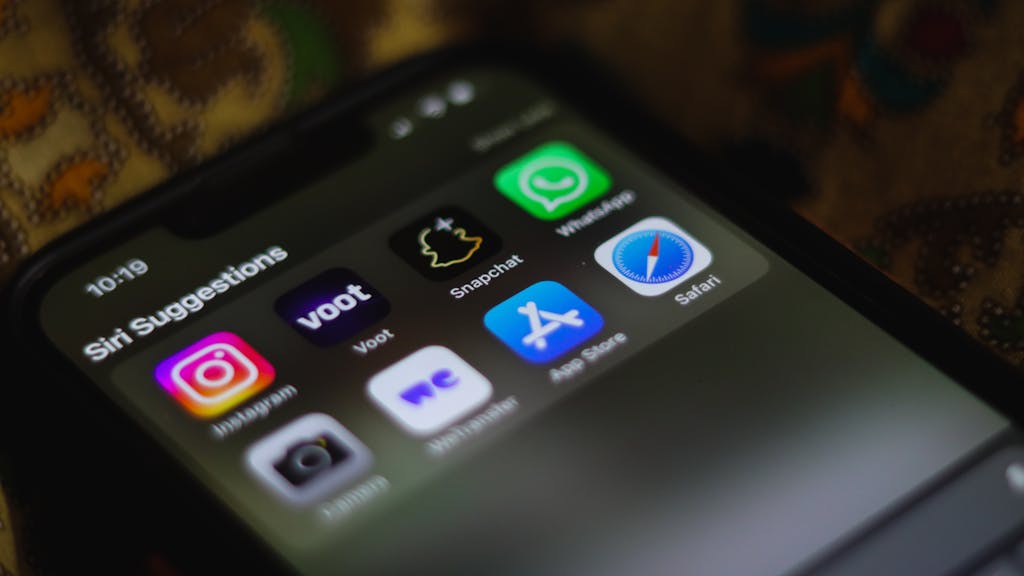
What should be the team structure for the logistics mobile app?
The team structure for logistics mobile apps needs to be carefully considered. The web app can provide information to the dispatcher, including fleet and progress updates.The mobile app for drivers should be paired with the web application for dispatchers. This will help educate and inform the driver of what is expected of them, which can reduce turnover. A few years ago, people didn’t consider mobile apps to have a significant positive impact on enterprises’ bottom lines. Still, they are becoming more common as businesses realize that their ROI could be substantial.
To make the most out of its mobile app, a logistics company should consider its team structure. They can employ an agile development process that includes creating a product backlog and continuous delivery. This will allow them to build up from customer demand rather than from strategy or business needs that may change abruptly and increase flexibility in responding quickly when needed by using the latest technology available today, such as augmented reality (AR).
Enterprises need to be mobile-first to help them get ahead of the competition. This is especially true when they’re in a market with highly competitive pressure, and app development costs are more expensive. The team structure needs to consider both these factors, which typically means that there will be an enterprise mobility architect on staff with support from developers or design professionals.
Project manager
The project manager is responsible for the entire development process and has the final say on all decisions. The team structure should be as follows: project manager, software engineer, operations specialist, and designer. In addition, a project manager is responsible for coming up with solutions to problems in a business.
App developers
To create a successful mobile app, one needs to have a team of developers adept with the latest tools and technologies. The team structure for an app depends on what type of business it is being created for.
GoodFirms is a company that helps app developers to find the best mobile application development services. Clutch has over 100 years of combined experience and provides technical expertise and communication with you, their client.
The best app developers are the ones who know how to effectively communicate with their team members, have excellent soft skills, and can find success in projects. You should contact sales representatives of different companies for potential hires to do so.
Designers
The designers would create the app’s look and feel, with all other tasks being assigned to engineers. Designers have a lot of responsibilities, but they also receive many benefits. Designers are in charge of creating the user experience and designing for usability purposes to accomplish business goals.

How to develop a logistic mobile app
The app is a way to simplify logistics. It helps the user track what they need when they need it, and where they can find it.
1. The app provides an interactive map where the user can share their location and a list of needed items.
2. The app sends notifications when something is needed or on its way to the user’s location. For example, it sends a notification when the user needs to pick up milk.
3. The app helps with inventory management by tracking what they need and where they can find it.
What type of logistics app do you want?
A mobile app can help your business in many ways. It could be fleet management software, transportation logistics software, or another type of logistics app that would benefit you and your company. These apps vary by purpose, end-users, and feature list, depending on what you are looking for.
There are many different logistics apps that you can choose to use. Some common ones include the fleet management app, which includes a driver’s app where the user updates information on their vehicle, and an Admin web-based app where you assign users’ roles.
Another one is Fleetio Go, which companies typically use with large fleets or those who want to increase their income through shipping on-demand mobile app development for drivers and customers.
The logistics app that is most appropriate for you depends on what type of service you are looking for. For example, a GPS tracker can be used if the driver picks up your freight and then delivers it to its destination. The software service fee will vary based on the total delivered value after delivery occurs.
A business idea
A mobile app for logistics could be helpful for your business. You can use this app to monitor and track the driver’s movement, get real-time updates about a location, and integrate it into a single app.
A business idea is a good option for people looking to start their own company.
An NDA is an agreement that protects one party from disclosing trade secrets or confidential information during the negotiation process of contract formation. Business analysts estimate costs and send them via email, fax, or in person before the first call with potential partners so they can sign an NDA if needed to protect themselves.
What is the app discovery phase?
The app discovery phase lasts from one to three months. During this time, the team will create a project specification or technical documentation for the product. The prototype is the deliverable of the discovery phase and is delivered at the end of this period.
The app discovery phase is the first step of your mobile application development project. It’s a rough estimate, but it does not account for all technology details or requirements that may arise during this process. You should also consider how many people are on your team and their hourly rate before committing to any one company and their deadline for delivery.
In the app discovery phase, your company will be looking for a developer who can create prototypes. Your team should collaborate to discuss what is needed in this prototype and how functional it is.
Mobile apps are an integral part of modern business. They have the power to transform your company into a more efficient, capable, and innovative entity. This means you need mobile app development services.
What is the inception phase?
The inception phase lasts from one to three months and is the beginning of the project. During this time, your development team will come up with questions concerning business logic, functions, end-users, and interaction with the app. The project specification or technical documentation is a document that describes what goals you want for the app, all possible ways users will interact with it (user stories), what it will do in each case, and how it will be built using a list of technologies and architecture for an app prototype. App features are visualized through screens that represent design ideas.
The inception phase is an essential step in app development. First, the dev team will create the app MVP, which includes features to prove ideas before developing a feature-rich version of their product.
The inception phase is a process where the product team prioritizes user stories and creates a project roadmap. After that, the implementation begins each month, with the MVP being released to marketplaces for users to test it out before an official release comes up.
Build and launch your logistic app’s MVP
Developers should start by creating an app MVP development plan. The project specification will prioritize features and create a roadmap for implementing the app MVP.
To launch your app, you will need an MVP roadmap. This document includes all user stories and iterations that are needed to develop your product. It is important to start implementing these tasks according to the planned timeline for everything else on this list during this phase. Then, deliverables can be completed accordingly.
To build and launch a logistic app, one must first create an MVP. Then, you can send the team a report at the end of each iteration with your key metrics to know what you need from them in terms of improvements. The final demo is where everyone comes together to release their product on marketplaces for public access after running through all necessary steps such as hosting it on beta testing platforms, conducting user studies, etcetera.
What are the costs of developing a mobile logistics app?
The costs of developing a mobile logistics app vary depending on the size of your project. For example, some estimates are as low as $5,000 for a small project, while some larger projects can cost as high as $50,000.
Platforms
Platforms are the means of moving goods and services from one place to another. They can be air, land, water, or even space-based.
Outsourcing country
The development costs of a logistics app can vary tremendously depending on where it is being developed. For example, developing in the USA and Europe have very different pricing, with the cost difference being huge.
Features and design
Developing a mobile app for logistics is not cheap. The cost of developing the app depends on what features and design. A basic, simple design would cost less, while an advanced, complex one would be more expensive.
Features and design are important factors in determining the cost of a software app. Warehouse management systems are complicated, but mobile apps allow for quick collection, storage, and data processing. Paperwork makes the process long and tiresome with paper-based solutions. It takes time to collect all necessary information from multiple sources before working on any project or task.
Top app automation tools
It can be useful for measuring metrics such as mileage, driving time, etc. In addition, automating paper-based processes boosts workflow and saves time and energy.
Logistics business owners and managers need an app to help them coordinate warehouse drivers and workers. They can use a logistics app like Driver Management Application (DMA) to optimize delivery times, routes, and order of work processes.
Top celebrity look-alike apps
Developing a mobile logistics app for your business can be costly. However, there are many options to help you save time and money, including On-demand delivery apps or other big companies. In addition, logistics companies implement applications with remote personnel to keep track of all company assets across the globe.
HQ
A headquarters is a building or group of buildings used by an organization, especially the central office.
- Smart Warehouses Unveiled: Tech for Today’s 3PL Needs - February 26, 2025
- The Lifecycle of Trade: How Mobile Apps Could Help Your Logistics Business - October 6, 2021
- 8 facts you didn’t know about Amazon’s supply chain system - June 22, 2021

